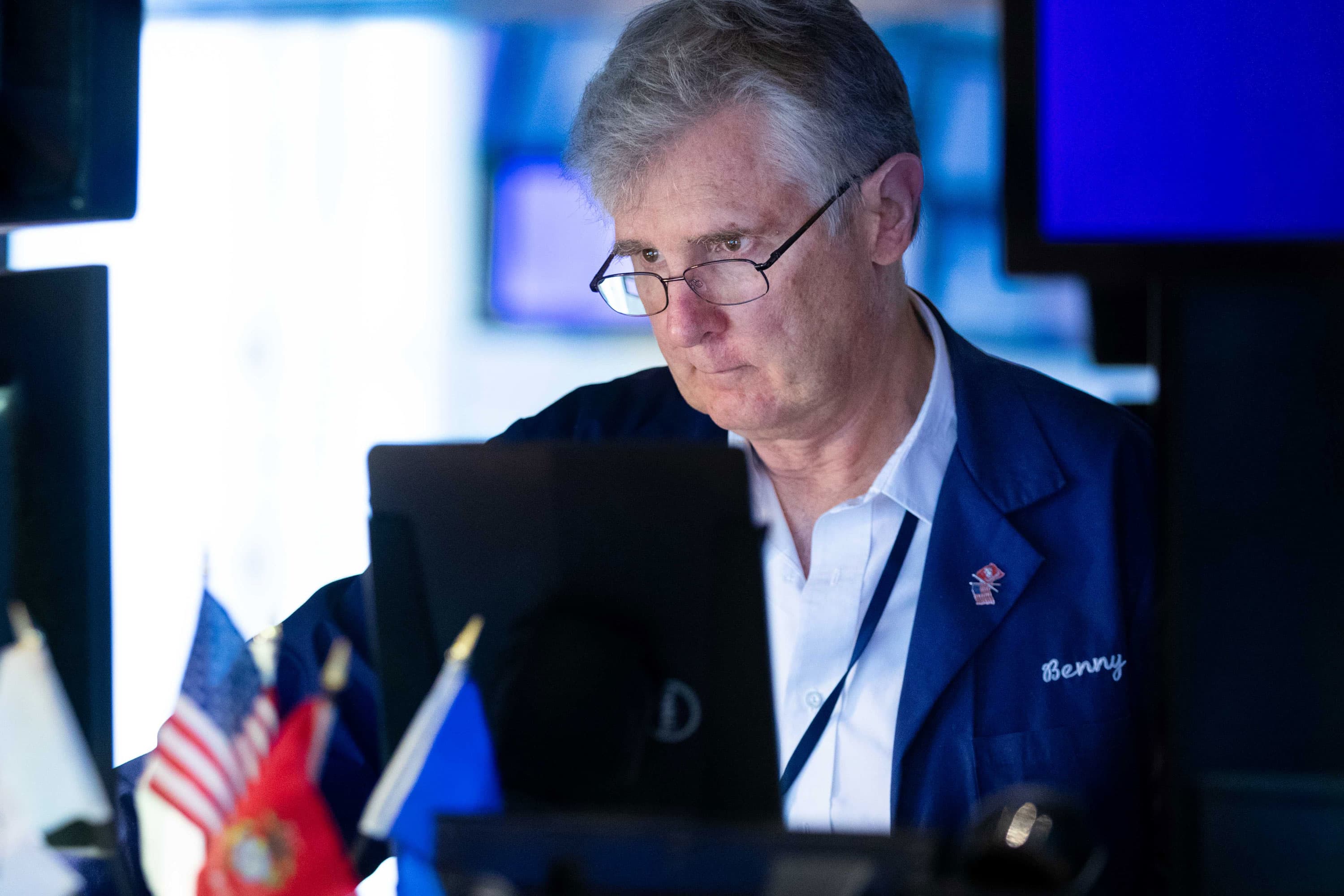U.S. stock futures rose slightly on Monday night as investors continue to monitor developments in the Russia-Ukraine conflict and get ready for a key Federal Reserve policy decision.
Dow Jones Industrial Average futures rose by 70 points, or 0.21%. S&P 500 and Nasdaq 100 futures climbed 0.31% and 0.44%, respectively.
Earlier in the day, the S&P 500 declined 0.7%, while the tech-heavy Nasdaq Composite slid 2%. Both finished their seventh negative session in the past eight. Meanwhile, the Dow Jones Industrial Average finished flat after climbing as much as 450 points earlier in the day.
Investors watched the ongoing conflict between Russia and Ukraine, as both countries started a fresh round of ceasefire talks on Monday. Meanwhile, Russia is approaching a series of deadlines to make payments on its debt.
Elsewhere, officials from the United States and China met on Monday to discuss a range of challenges facing their bilateral relationship, including Russia’s ongoing war in Ukraine.
“The market is jittery,” said Gene Goldman, chief investment officer at Cetera Investment Management. “So much concern about the Russian invasion, inflation, and the Fed. With growing concerns of a bear market, investors have been skittish.”
Still, he said he doesn’t feel a bear market is in the cards, saying, “A pullback/correction becomes a bear market if a recession is likely. Fundamental data (labor, construction spending, PMIs, etc.) all support a solid economic base.”
Investors are anticipating an important rate hike from the Fed, after the central bank commences a two-day session on Tuesday that will signal a tightening of monetary policy. The central bank is widely expected to raise its target fed funds rate by a quarter percentage point from zero.
Mounting inflationary concerns will weigh on the Fed meeting. A lockdown in China could worsen supply chain issues, after a surge in coronavirus cases suspended production in cities such as Shenzhen, a key manufacturing city. The Russia-Ukraine conflict had already led to a spike in commodities prices.
“With both of these factors driving prices higher, the government has no choice but to increase rates to absorb the inflation that is accelerating,” said Benjamin Tsai, president and managing partner at Wave Financial Group.
There also will be adjustments to the economic outlook, projections for the future path of rates, and likely a discussion about when the Fed can start reducing its bond portfolio holdings.
